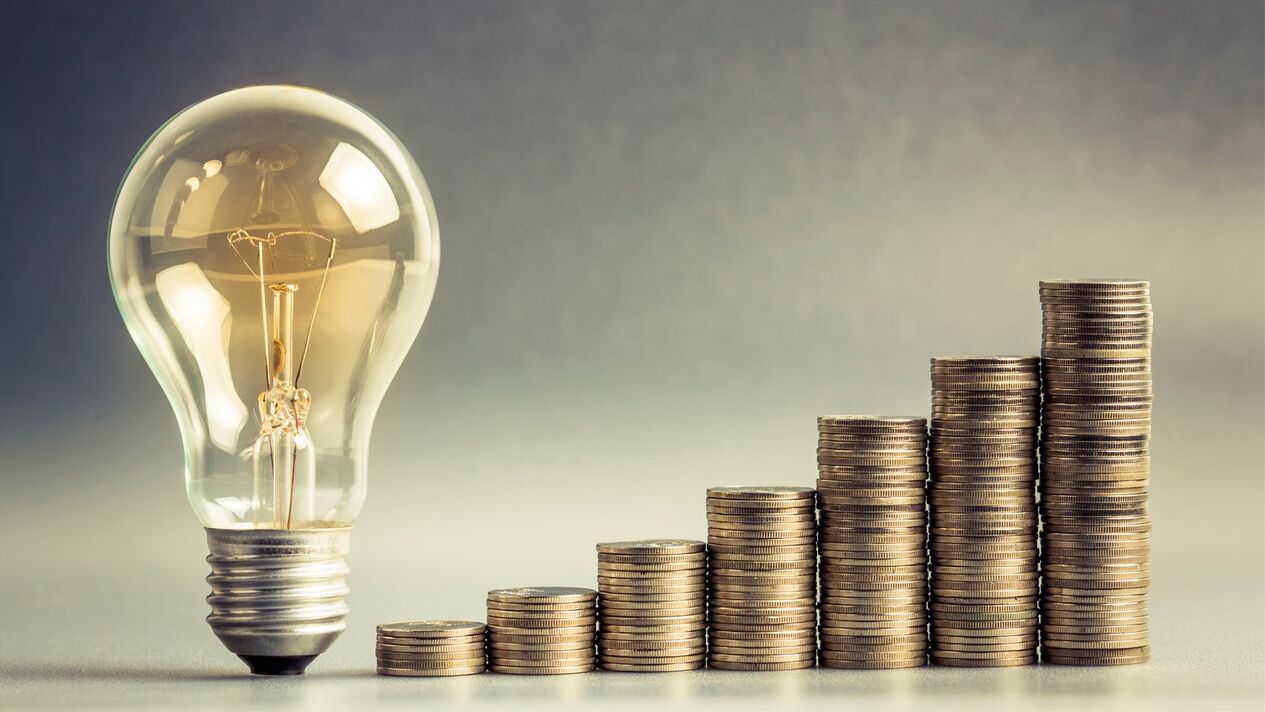Electricity is a resource used in all areas of civilization. Kilowatt-hour prices are constantly increasing, and the need to reduce consumption is getting worse. Energy saving implies the rational use of electricity, including a variety of solutions: scientific, organizational, legal, economic and technical.

Saving electricity is not only a financial issue, but also an important environmental challenge. The world's energy reserves are gradually depleted, nature is suffering in the production process: the environment is polluted by the release of fuel combustion products. Therefore, energy saving is a measure that can minimize the negative impact on the environment and save money.
Where do kilowatts flow, and how to reduce consumption
Almost no one thinks about the fact that the charger left in the network continues to work in idle mode. It is available for all power supplies, pulses and transformers. Consumption depends on the power of the device. The amount of electricity wasted in a year can be staggering.
In addition, modern equipment is equipped with a display, an indicator, for example, a clock on the microwave or a flashing LED on the stereo system. They also use energy. The solution is to disconnect the memory, household appliances periodic use of the network.
The most "greedy" electrical appliances.
The 10 most energy consuming home appliances in every home:
- Refrigerator. It uses about 40-60 kW per month. To reduce this number, you need to open the door more often.
- Washing machine. Consumption of 40-50 kW, the exact figure depends on the frequency of washing, the mode used.
- Computer. 35-40 kW. Most users only turn it off at night.
- Electric kettle. It uses a record amount of energy in 1 hour, 28-30 kW out in a month.
- Hairdryer. 25 kW in daily use.
- Dishwasher. 22-25 kW, depending on the power of the device, the number of operating hours.
- Microwave oven. It uses 16-20 kW per month, if used 3 times a day, plus 2-3 hours a week to dilute food.
- TV set. 13 kW during working hours - up to 5 hours a day. Being willing instead of turning off increases this figure.
- Vacuum cleaner and coffee maker. They spend the same amount of electricity - 10-12 kW, if the number of active hours does not exceed 2 per week.
- iron. With moderate consumption - 7-8 kW.
In order not to get upset every time receiving an electricity bill, home appliances should initially be selected based on need. Buying a professional high -powered vacuum cleaner for a small apartment is impractical, just like a 10 kg washing machine for two families.
Each device has an energy saving class, you should take the time to study the features before buying.
Does standby mode help save equipment?
The manufacturer claims that the electrical consumption of home appliances in hibernation mode is minimized. This statement is partly true: consumption is significantly reduced. However, there are certain figures that cast doubt on the actual savings.
It has been empirically confirmed that TVs with a diagonal of 50 cm spend 9 kW per month in sleep mode, stereo systems - 7-8 kW, video players - 4-5 kW. If we add to this list a computer, a microwave oven with a display always on, a forgotten charger in the socket, and other appliances, then the total consumption reaches 370-420 kW per year.
This proves that for real savings it is still worth disconnecting the equipment from the network.
How to save electricity? A good counter is an effective way
Equipment for accounting of electricity consumption is installed in all apartments, houses, industrial facilities. In addition to the direct purpose indicator - setting, this device helps save significantly.
Modern electronic meters support a multi-tariff function, where you can schedule energy-intensive tasks for hours when the cost per kilowatt is reduced. Supplier companies have introduced tariff distributions to reduce the load on the network during peak hours, attracting customers to use electricity during less busy times.
There are the following periods, which differ in unit cost:
- T1 - daytime: from 7 am to 11 pm. Rates are standard.
- T2 - night phase: from 11 p. m. to 7 a. m. Lowest price per kilowatt.
- T3 - peak period: in the morning - until 10 o'clock, in the evening - from 20 to 23. The cost per unit increases.
At night, electricity prices are reduced by up to 70%. Many users put household appliances, for example, washing machines and dishwashers, into "delayed start" mode. The device starts functioning automatically at a set time and uses paid resources at a lower rate.
To reduce energy consumption, no need to sacrifice convenience, enough to buy a multi -tariff electronic meter, with which the savings will be easy and effective.
























